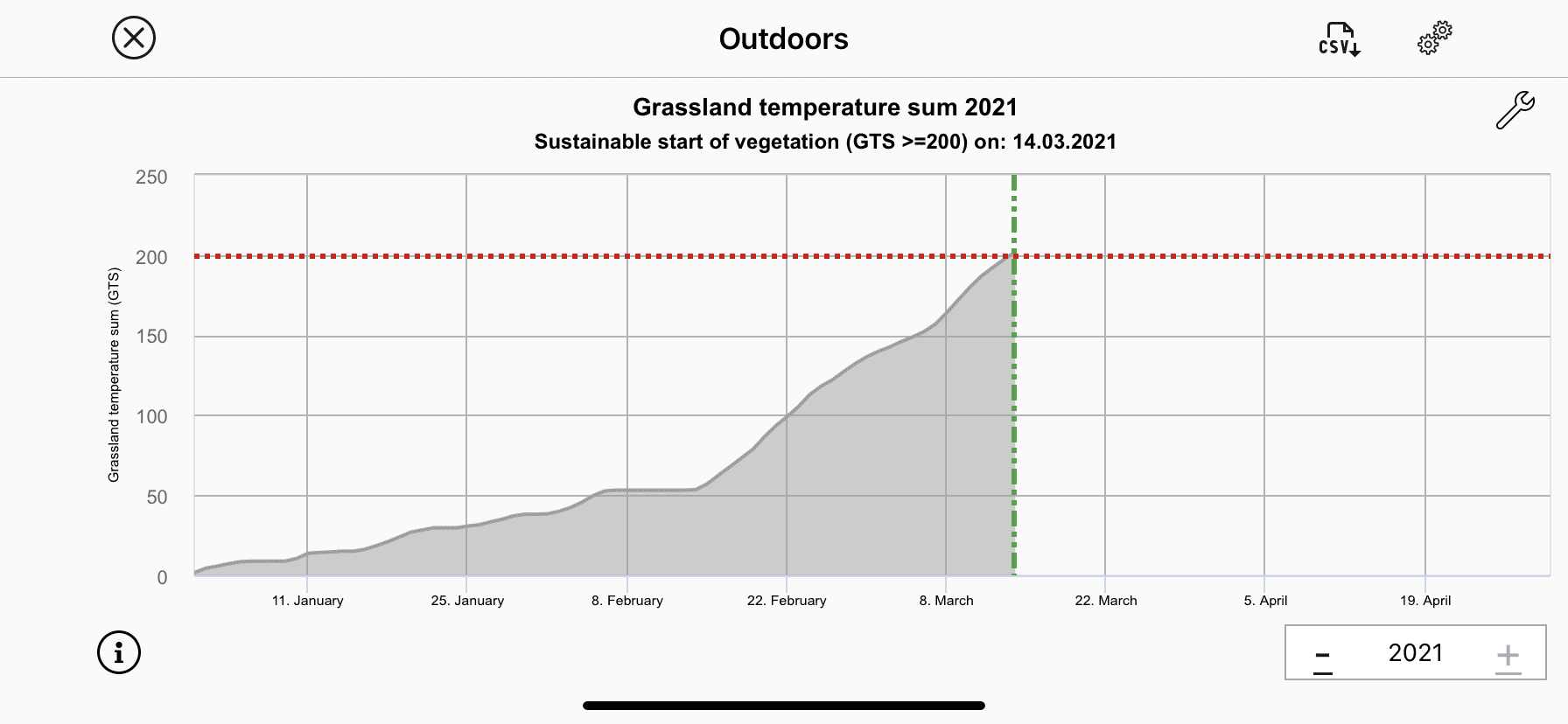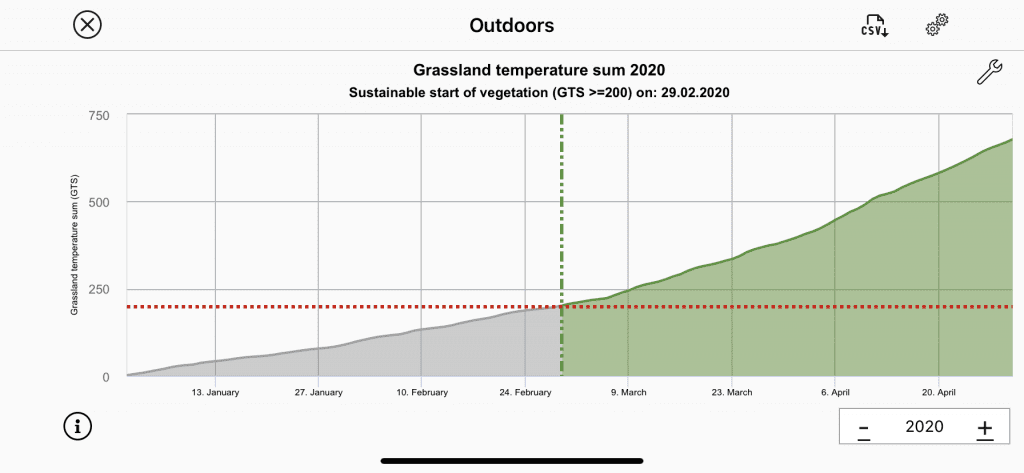Join the Weather Lovers Community at Skool
Here’s the thing. The winter of 2020-2021 in Durham was much colder than the previous one. We had a proper cold January this year, averaging just 2.3 degC, with 13 days of frost and some good snow events. This then continued into the first half of February.
When winter is cold, it affects when things really start to grow. If the temperature stays below freezing, plants will just think, Nah! (Just like humans)
But is there a way of measuring this? Can we say that on a particular day at the start of the year, our growing things will, well, start to grow?
Introducing the Grassland Temperature Sum
Our seasoned gardeners will know about ‘degree-days’. For the rest, it’s all about getting accumulated heat into the soil, and that comes from the air.
When the air is warmer, it warms the soil and plants can start extracting heat energy from the soil. It’s reckoned that the limit is 200 degree-days before things wake up.
Here’s the graph for 2020-21. The red dotted line is the 200 degree-day threshold. As can be seen, we hit it today, 14th March 2021. Big smiles for the gardens!

Now March 14th is 73 days into the year, so it’s taken 73 days to reach 200 degree-days. That is because things were very cold until mid-February.
As you can see on the graph, things flatlined during the snows of mid-Feb, before a steady recovery since then.
Last year, we reached 200 degree-days on 29th February and the previous year it was 28th February, so we’re 2 weeks behind.
The graph for last year can be seen in the header of this post.
I hope you find this interesting. I’ll post the 200 degree-day graph every year so you can compare them.
Join the Weather Lovers Community at Skool

